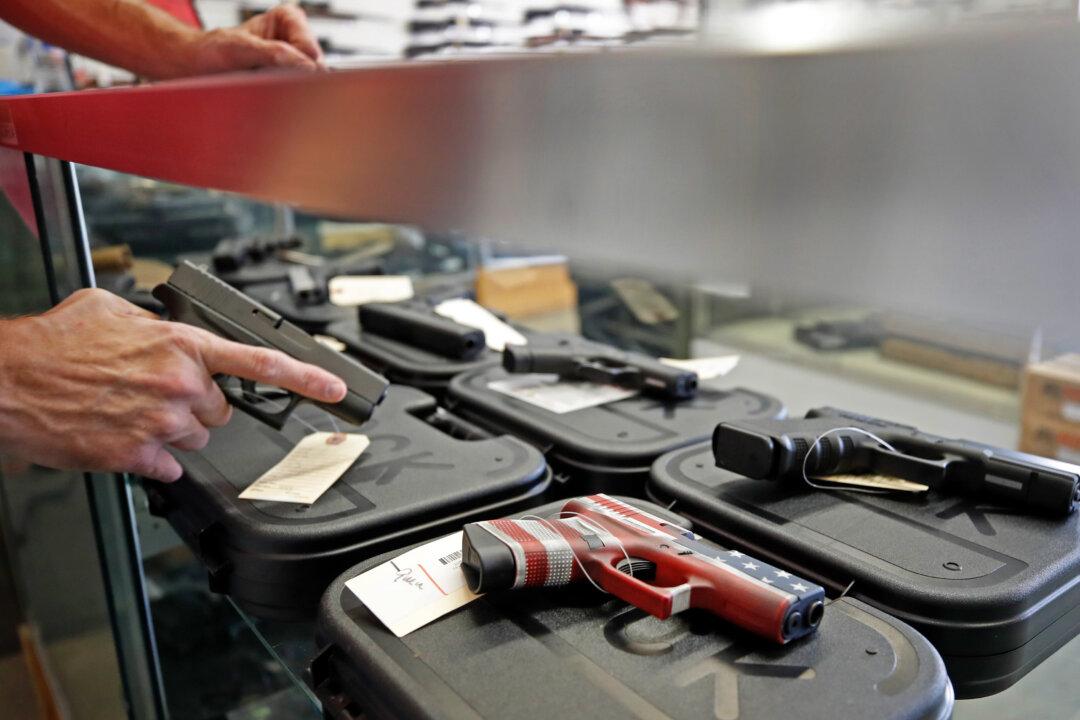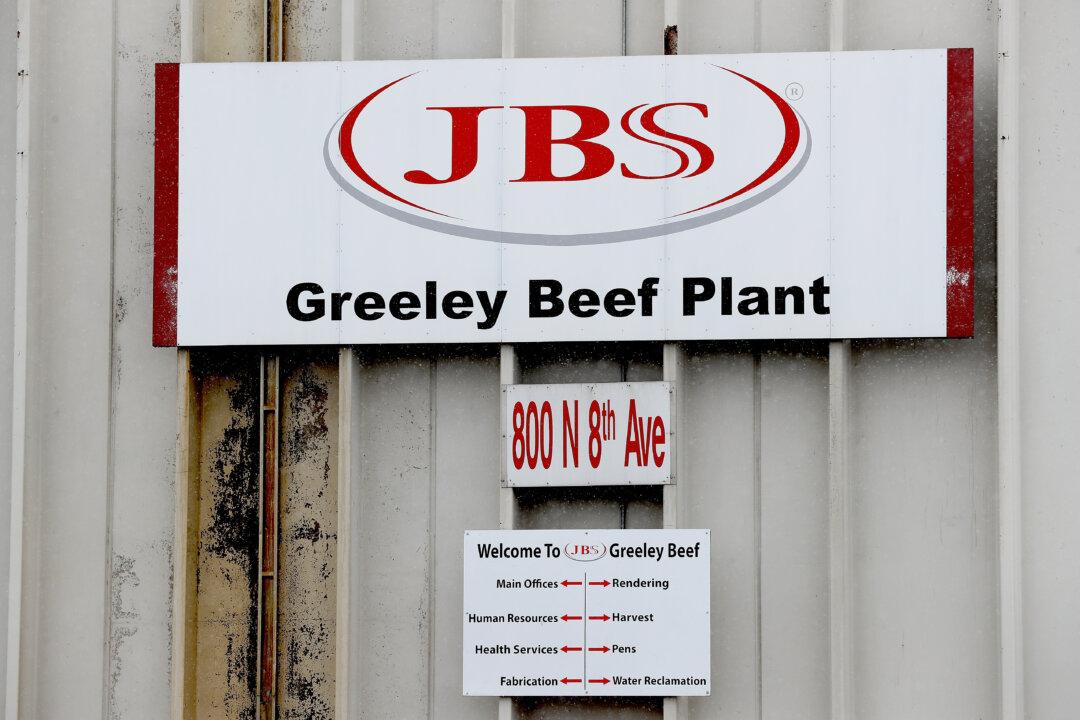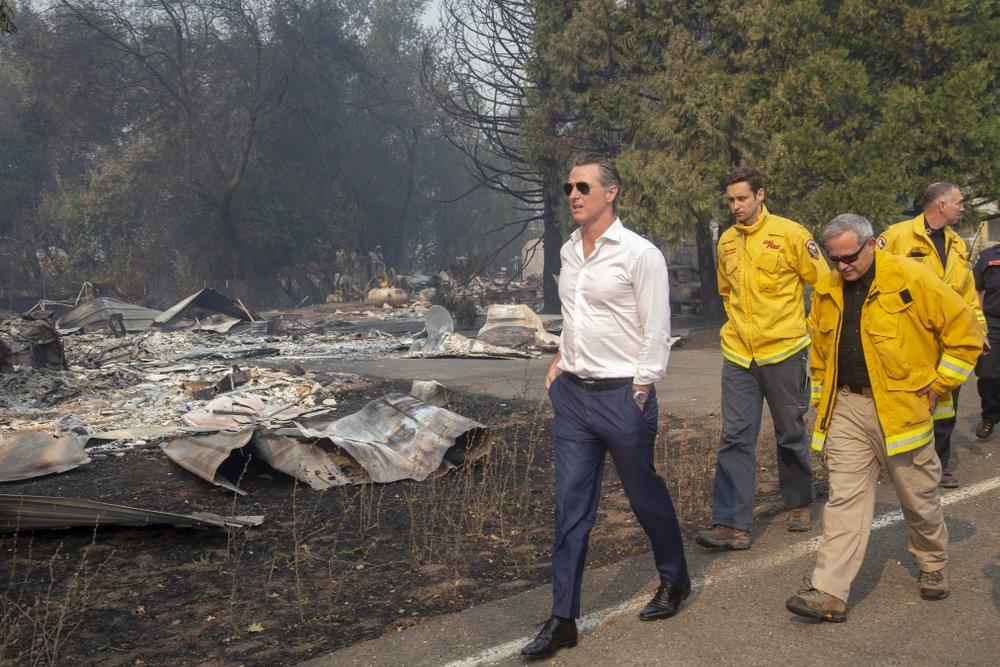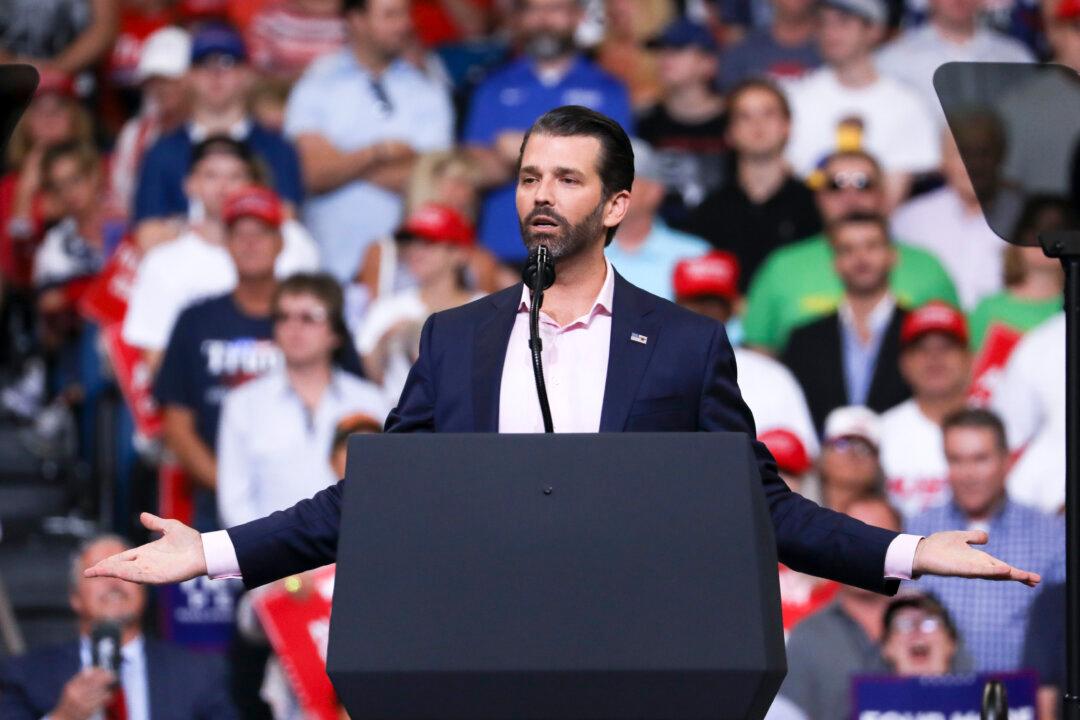Gun manufacturer Smith & Wesson reported this week that company revenue from firearms boomed in the first quarter of 2020 to $230 million—an increase of $134.4 million, or 141 percent compared to the first three months of last year.
“The current increase in consumer demand for firearms is, in many ways, unparalleled,” said Mark Smith, president and CEO of the company, in a conference call with investors on Thursday. The company’s shipments of handguns increased by 122 percent to 441,000 units between January and the end of March, Smith said, while the company shipped 108,000 long gun units, or 89 percent more than in the corresponding period in 2019.





